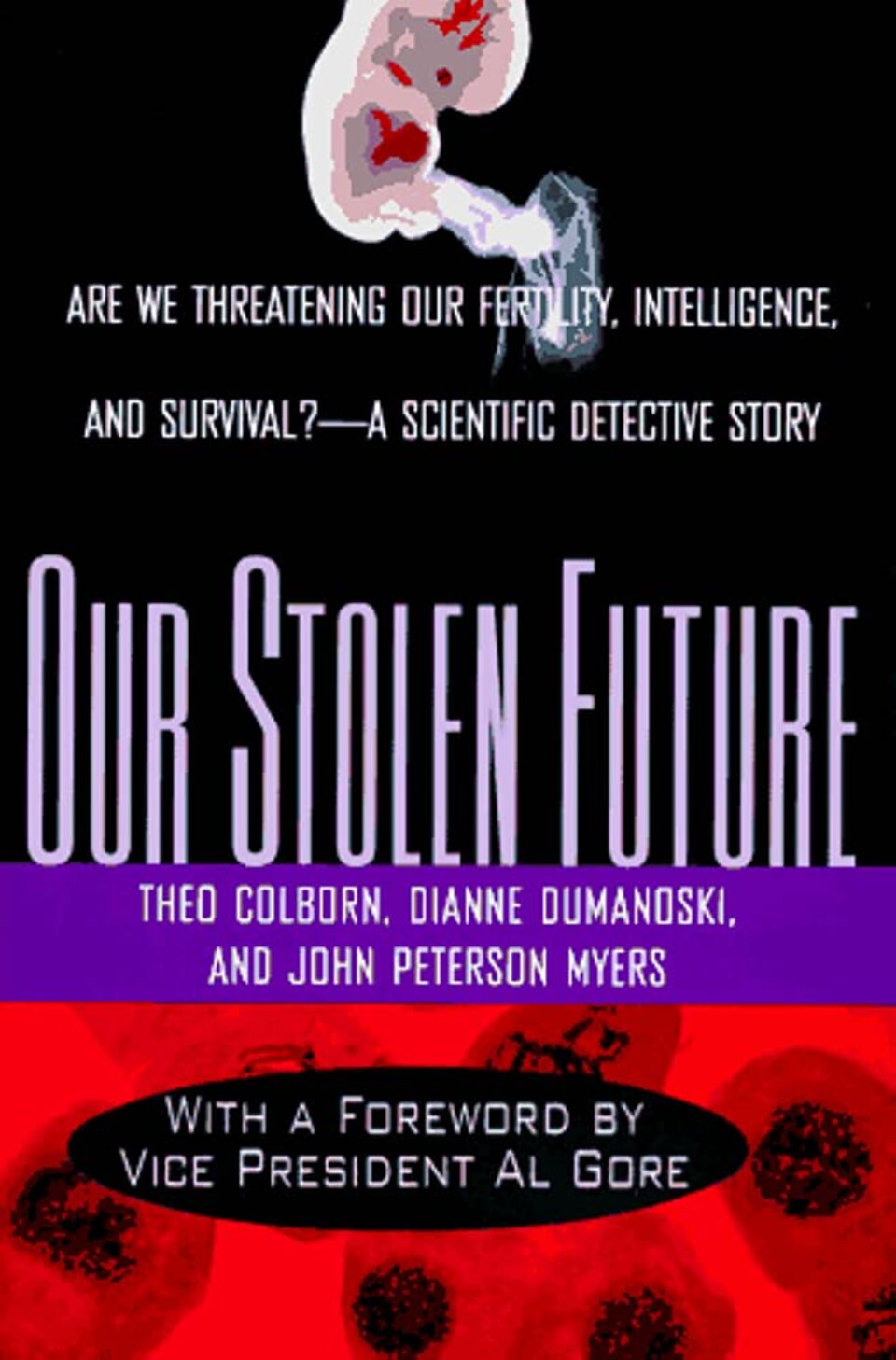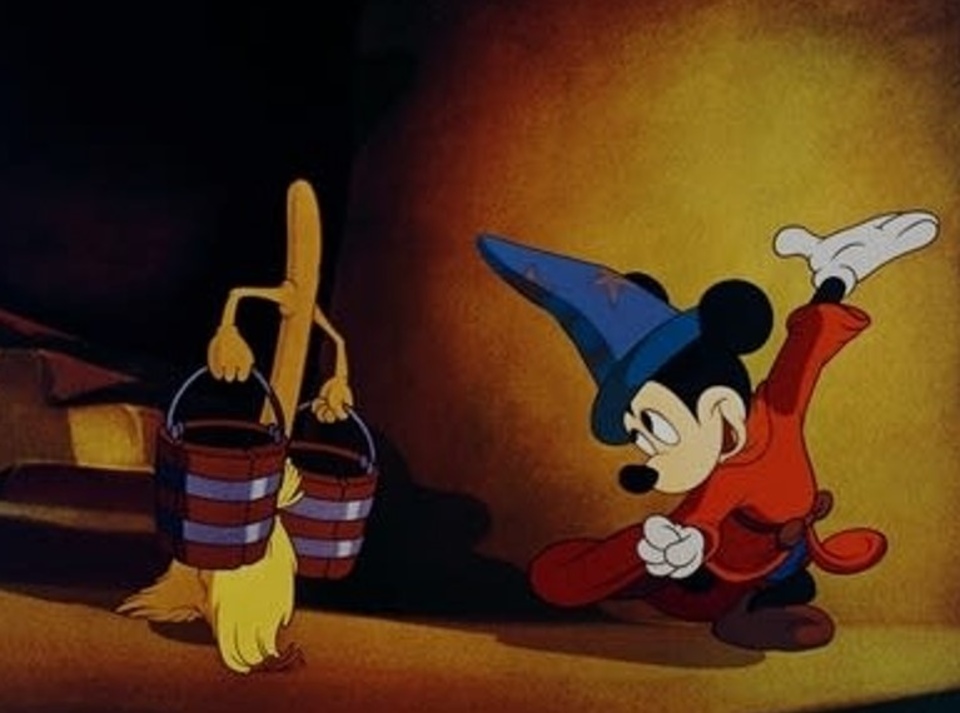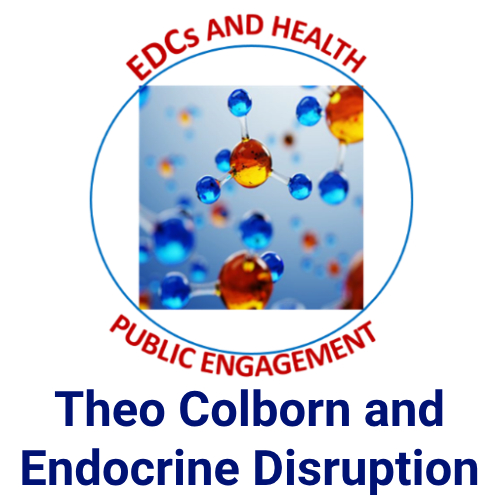Connect with me about Theo Colborn and Endocrine Disruption
CONTACT
Thank you for your interest in the Theo Colborn and Endocrine Disruption project, which documents the remarkable scientific career and lifelong quest of Dr. Theo Colborn to protect human health from environmental chemicals. By sharing her story, this book aims to draw public attention to the important issue of endocrine disruption. If you have inquiries, collaborative opportunities, or would like to contribute to this project, I invite you to contact me marsha.richmond@wayne.edu or complete the form, below.
ABSTRACT: Theo Colborn, Endocrine Disruption, and the Dilemma of Consumer Culture
Theo Colborn (1927-2014) was a remarkable woman who had three lives. Trained as a pharmacist during World War II, she married a fellow student, had four children, and worked as a pharmacist in New Jersey from 1947 to 1964. Then she and her husband left East-coast urban life behind—and the increasingly corporatized pharmaceutical industry—for the rural lifestyle of a western Colorado ranch. There she reared her children, bred fancy sheep, and pursued her love of birding. Bird-watching excursions into the habitat of the mesa country of Delta County alerted her to environmental degradation associated with the recent introduction of coal, natural gas, and oil extraction on the Western Slope of the Rocky Mountains. In 1979, once her youngest child finished school, she abandoned her marriage to follow her passion: discovering whether health problems she saw as a pharmacist might be linked to environmental toxicants. To do so, however, would mean acquiring the academic credentials to become a professional scientist. So she returned to school, receiving a MS in biology in 1981 and PhD in 1985 (at the age of 58), specializing in water toxicology and epidemiology. As a water quality expert, she could now focus on how water-borne toxicants might impact human health.
According to science writer Kathryn Schulz, “the fundamental task of biography: to show us why that life mattered.” This biography, exploring Colborn’s quest to alert scientists, policy-makers, and the public to the existential perils posed by chemicals that undergird modern consumer culture, profiles a woman whose life—all three of them—did indeed matter.
Thus began Colborn’s third life: working as a “public scientist” and consultant for environmental nonprofit organizations, first at the Conservation Foundation and then the Wildlife and Contaminants Program of the World Wildlife Fund. Neither a laboratory nor a field scientist but a researcher, like Rachel Carson, Theo had an amazing ability to synthesize others’ data. She could see patterns others couldn’t. Thus, in 1988, when working as a consultant on an American/Canadian collaboration of biologists and policy analysts, she identified reproductive and developmental maladies, not cancer, as prevalent in top predators in the Great Lakes Basin who had been exposed to toxicants in the water, soil, and air of their ecosystems contaminated by decades of industrial, agricultural, and urban effluent. Knowing the effects of PCBs and dioxin on humans as well as wildlife, Colborn hypothesized that industrial chemicals were largely to blame, a view endorsed by participants who reviewed the data at the 1991 Wingspread conference she convened. Thus was born the new science of endocrine disruption.
For the next two-and-a half decades, Colborn promoted the science of endocrine disruption, encouraged policies to reduce the production of or alternatives to chemicals associated with endocrine disruption, and championed public understanding of the issue. By mimicking the body’s natural hormones, these “endocrine-disrupting chemicals” can derail normal development and functioning of the body’s organs and organ systems, including the brain. Moreover, the ubiquitous presence of “persistent organic pollutants” (POPs) in virtually all individuals on Earth imperils human survival. Interfering with the ability of humans to reproduce and individuals to develop according the plan laid out in their DNA, Colborn’s 1996 book, Our Stolen Future, coauthored with Dianne Dumanoski and John Peterson (Pete) Myers, explained the existential crisis endocrine disruptors pose for humans, as important as climate change is for Earth. The NGO she founded, The Endocrine Disruptor Exchange (TEDX) carried on this work after she retired from the World Wildlife Fund and after her death in 2014.
BOOK OUTLINE:
Introduction
Chapter 1: Becoming a Scientist
a. Childhood
b. Rutgers College of Pharmacy
c. Marriage, children, and working as a pharmacist
d. Colorado: Hotchkiss ranch and breeding sheep
• Community naturalist: birding and environment awareness
• Appointment to the Colorado Natural Areas Council (Gov. Richard Lamm)
e. Western State College: MS: water pollution from mining activities; RMBL
f. University of Wisconsin: PhD: Stanley Dodson (from classical ecology to ecology and pollution)
g. Congressional Fellow, Office of Technology Assessment, Fellow
Chapter 2: Working in Science: Toxicants in the Great Lakes
a. Consultant and Senior Fellow, Conservation Foundation, World Wildlife Fund
• Consultant: Conservation Foundation/Canadian Institute for Research on Public Policy
• Colborn, “Great Lakes Toxics Working Paper” (1988); Colborn et al., Great Lakes, Great Legacy? (1990)
b International Joint Commission and interdisciplinary collaboration with Canadian biologists
• Great Lakes Water Quality Agreement: science, politics, and government
c. 1991 Wingspread Conference and release of the Wingspread Consensus Statement.


Chapter 3: Educating the Public: The Making of Our Stolen Future
a. The making of the book: interaction between its authors
b. Reception
c. International impact
Chapter 4: Science, Policy, and Outreach: Advocating for Health and the Environment
A. Response of government agencies and scientific bodies
- Environmental Protection Agency
- Endocrine Disruptor Screening and Testing Advisory Committee (EDSTAC)
2. National Academy of Science Committee
3. National Institute for Environmental Health Sciences
B. Congressional testimony
C. International activism
Chapter 5: To Regulate or Not to Regulate?
a. Wingspread conferences: Precautionary Principle
b. Chemical industry campaign against tobacco and endocrine disruption: Distract, Delay, and Deny
c. Dose/response and nonmonotonic effects debate
d. Toxicology: conservatism or politics?
Chapter 6: TEDX: Theo’s Crusade against Fracking and PFAS
a. Founding an NGO: The Endocrine Disruptor Exchange (TEDX), Paonia, CO
b. Science and environmental health issues: The petrochemical industry
- Oil and Natural gas: Fracking
- PFAS

Chapter 7: The Sorcerer’s Apprentice: Chemicals Just Keep Multiplying
a. PFAS—The Forever Chemicals: Endocrine disruption is still an issue
b. Our existential dilemma: Persistent Organic Pollutants (POPs) and modern consumer culture versus human and environmental health?
Conclusion:
Was Theo Right–Has Our Future Been Stolen?
Theo’s persistent quest to protect the health of our children and future generations
© 2023 Theo Colborn and Endocrine Disruption
